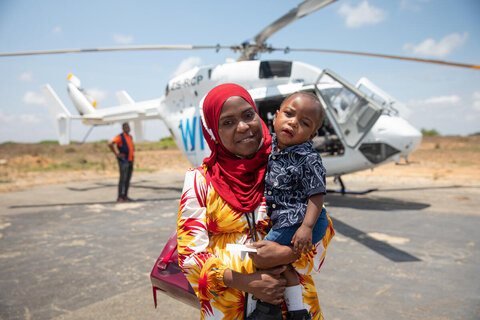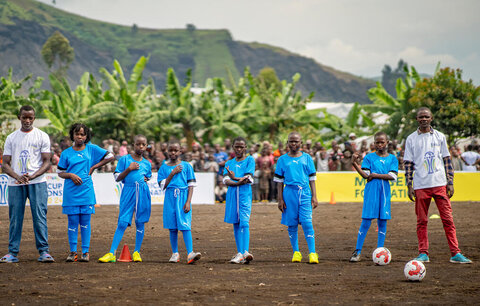Kasai, DR Congo: A lethal brew of conflict and hunger
These are unprecedented times for the World Food Programme (WFP) as it strives to avert famine in Nigeria, Somalia, South Sudan and Yemen, while helping millions facing hunger in Syria, Iraq, the Central African Republic and beyond.
Almost all these emergencies are driven by conflict, which both causes and feeds on hunger like a deadly witch's brew.
In a crowded media landscape, these crises compete with each other for very limited real estate in the public's perception. So how does hunger in the remote Kasai region of the Democratic Republic of Congo (DRC) even register?

In Kasai, an internal power struggle gave way to tribal violence that has left thousands dead, many in mass graves, and more than a million displaced since August 2016, with 30,000 crossing into neighbouring Angola.
In Kasai and Kasai Central provinces, nearly 1.9 million people are going hungry and need urgent assistance.

Despite the magnitude of the crisis, limited access and extreme insecurity, along with lack of funding, have proved to be major obstacles to providing humanitarian assistance.
As always the most vulnerable suffer the most.

Mbuyi is 15 years old. She was shot through the leg as she and her family tried to escape the fighting. All alone in the hospital, she doesn't know where her parents are.
She may lose her leg without help to pay for treatment in a better equipped hospital in the capital, Kinshasa. Children have also been kidnapped and recruited as soldiers by militias during the conflict.

Those who managed to flee have lost everything — their homes, livelihoods and loved ones. Jean-Pierre Kashila was an artisan diamond miner in Kamonia. When militias attacked in June 2017, one of his children was killed and his home was destroyed.
He and 13 family members fled, living more than a month in the bush near the Angolan border. They have been walking for two weeks to reach the regional capital, Kananga.
"We escaped the killing. Ask God to protect us and keep us safe. When we were attacked, we fled and hid in the bush," he said.

Clement is the pastor in the village of Nganza. El Hassan is the village Imam. When Nganaza was attacked last March, only they and another villager remained behind to heal the wounded and bury the dead.
Clement told me: "People are hungry because they haven't worked, they haven't been able to cultivate their fields. Even next season I think we will feel the effects because this is the time to plant and we aren't able to."

The latest WFP/FAO data shows an alarming 30 percent rise over the past year of acute malnutrition in Kasai.

Many of those who fled are not going back to their homes — they are going to towns and regional centres…but the only thing they find in these communities is uncertainty.
WFP is stepping up efforts to meet the needs of the most vulnerable in this crisis, with food distributions in Kasai, Kasai Central and Kasai Oriental provinces.

At WFP food distributions around Kasai you do see glimmers of hope — but funds are low.
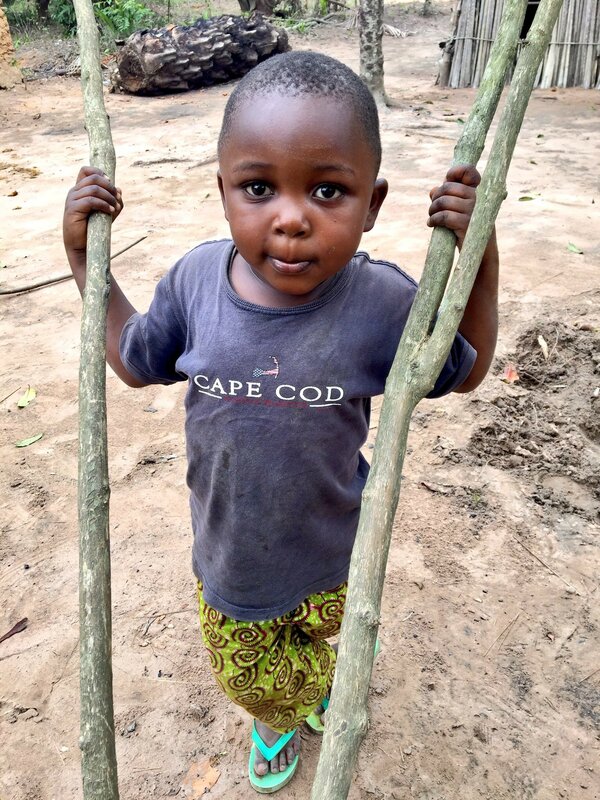
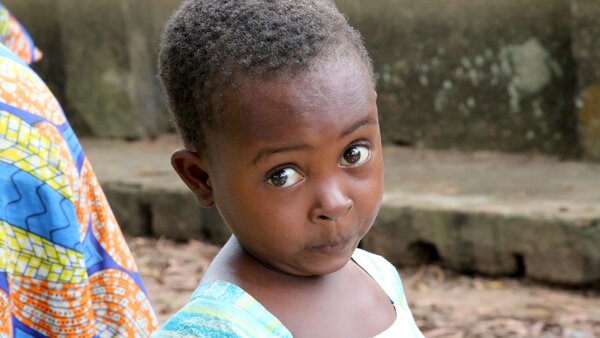
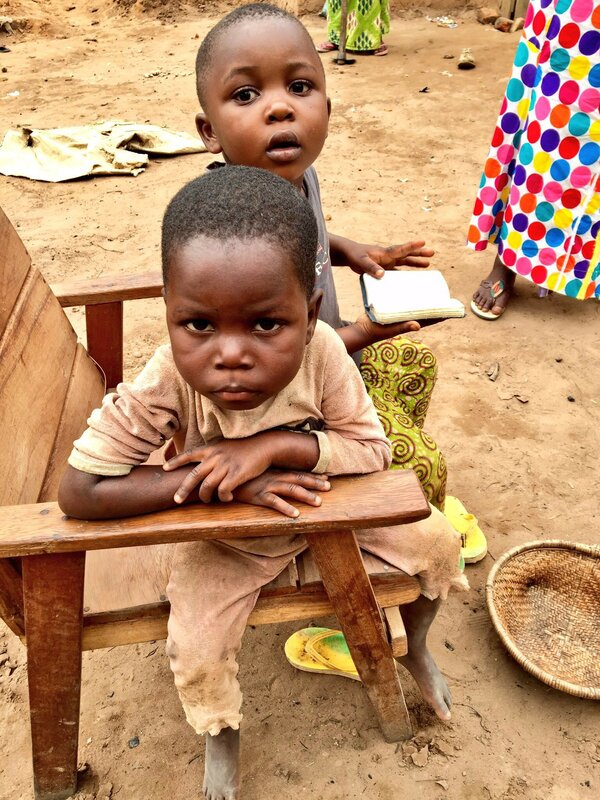
WFP urgently requires US$17.2 million to support its work from September to December 2017.
The international community must step up to the plate to prevent this crises from escalating into a more costly and deadlier hunger crisis.

